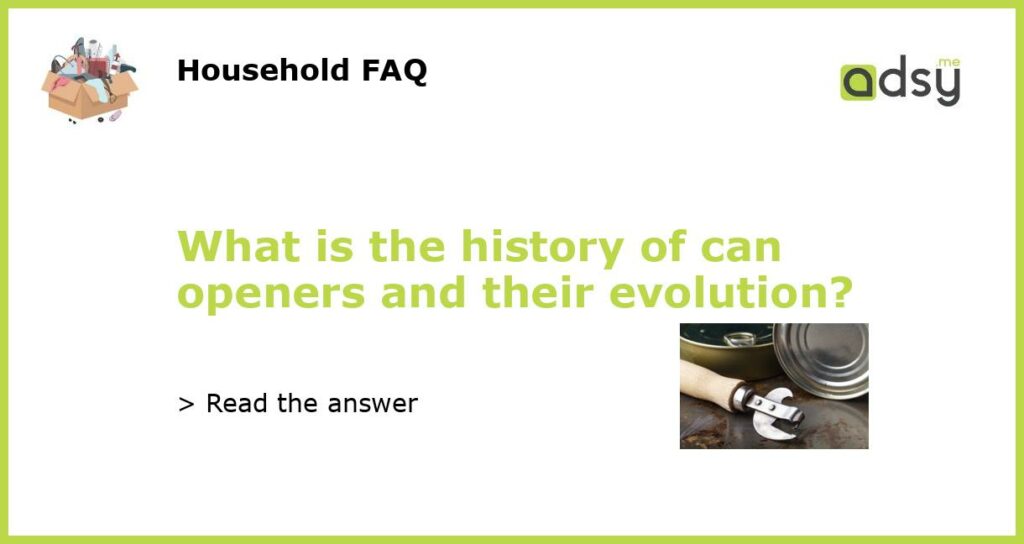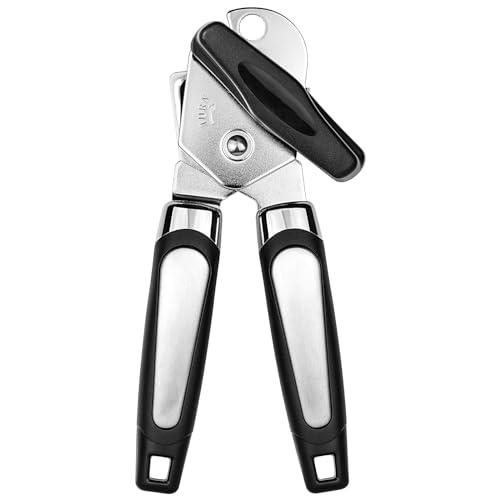The Invention of Can Openers
The history of can openers dates back to the early 1800s, where the first patent for a can opener was granted in 1810 to a man named Peter Durand. However, Durand’s can opener was not the rotary kind we use today. It was a manually operated blade that would puncture the top of a can. This type of can opener was crude, inefficient, and not widely used.
The Evolution of Can Openers
It wasn’t until 1858 when the rotary can opener was invented by Ezra Warner. The design was similar to today’s can openers, with a serrated wheel that turned against the can’s lid, cutting it open. This design was improved upon in 1870 by William Lyman, who added a second serrated wheel to make it even more efficient. This two-wheel rotary can opener design became the standard for many years to come.
Electric Can Openers
In the 1930s, the first electric can opener was introduced, making it even easier for people to open cans. These openers contained a small electric motor that turned the serrated wheel, cutting the can open. The electric can opener became very popular in the mid-20th century as more and more households had access to electricity.
One-handed Can Openers
In the 1980s, one-handed can openers were introduced, making it easier for people with disabilities or limited hand strength to open cans. These openers used a ratcheting mechanism that required only one hand to operate, and they quickly became popular with the elderly and disabled populations.
Modern Can Openers
Today, can openers come in a variety of designs, including manual, electric, and one-handed varieties. They are smaller, more efficient, and easier to use than ever before. Some modern can openers even have additional features, such as bottle openers and knife sharpeners, making them versatile kitchen tools. Can openers have come a long way since the early 1800s, and they continue to evolve to meet the needs of modern households.






